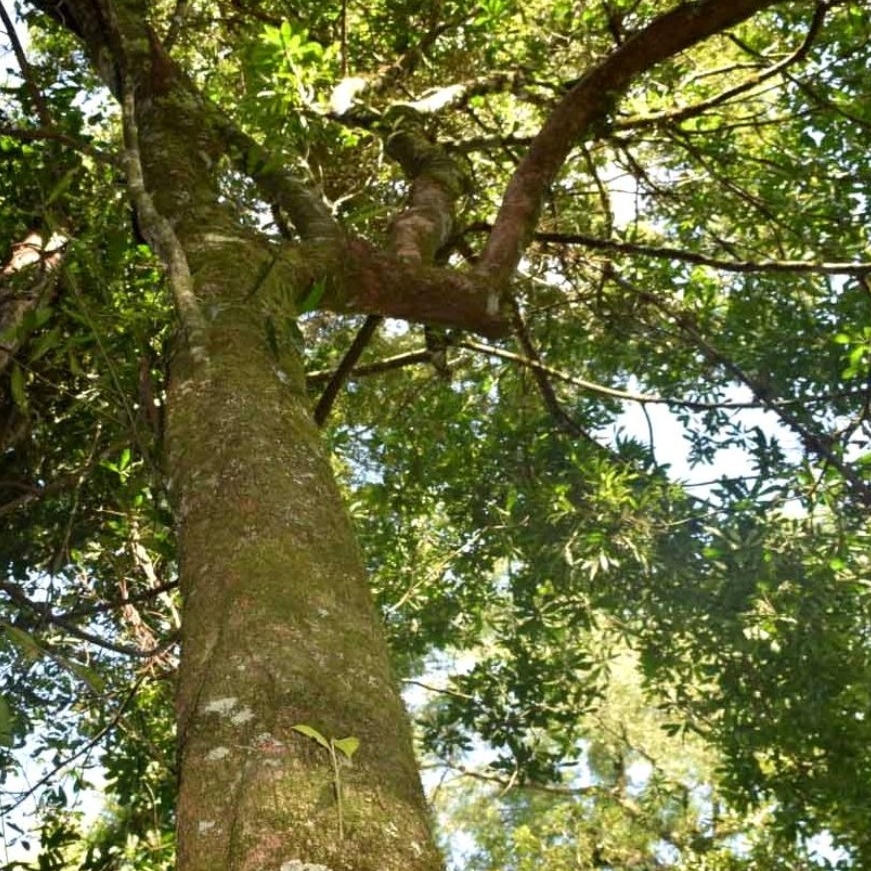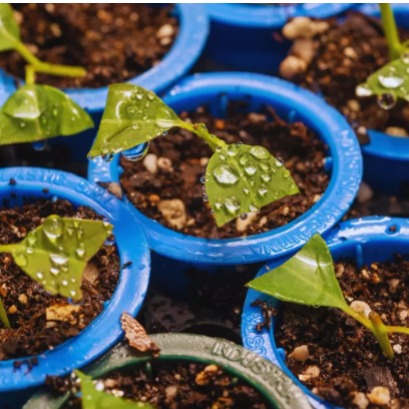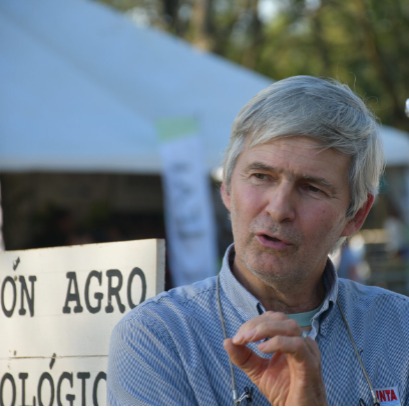
I met the Aguaí tree: one of the native timber species of the missionary jungle
As a result of the collaboration between the Faculty of Forest Sciences of the UNAM and the United States Forest Service (USFS) through the ?Update and Edition of the Madera Madera Identification Manual of the Missionary Jungle?, they developed a species manual of species Missions natives (2024) to publicize its characteristics, uses and environmental services.
Within the framework of World Environmental Education Day, every January 26, from Argentinaforestal.com we will present in various publications to the different species of native trees of the missionary jungle with a technical data sheet obtained in the Wood Anatomy Laboratory , Dendrology and Dendrocronology (Lamdyd) of the Faculty of Forest Sciences, based in Eldorado, Misiones. We started, knowing the Aguí! Did you know that ...? The fruit of Aguaí is edible and has great value for local fauna. In addition, its wood is very sought after for fine carpentry projects due to its unique texture and coloration. Knowing the technical water tree: Aguaí (Chloroluma Gonocarpa) ? Natural distribution: Aguaí grows spontaneously in the provinces of Chaco, Corrientes, Entre Ríos, Formosa, Jujuy, Misiones, Salta, Santa Fe and Tucumán ? Botanical description: Up to 25 meters. Diameter: Reach 70 cm at chest height in its adult stage. with dichotomous branching. Slips: alternate, simple, 5.8 to 20.2 cm long and 1.3 to 7 cm wide. Oblongs or lanceolate, whole edge, dark green up and lighter below, of coriacea cartaceous consistency. Flores: greenish, small yellow (2.5 to 5 mm), grouped into glomeruli from 1 to 6.fruits: yellow berries When they mature, in an ellipsoid or globose way, they contain 1 to 5 edible seeds with crescent format. Maderacolor characteristics: Albura and Duramen Indistintes, with yellowish hue. Texture: fine and moderately heavy. Humidity, although it is permeable for impregnation treatments ? Anatomical characteristics Axial-sight: diffuse or aggregates. Width and 300-500 µm height Exudes a sticky white latex. Main timber uses carpentry: moldings, tool ends, small furniture. Combustible: Excellent for firewood and coal.
IT MAY INTEREST YOU
 Argentines, Brazilians and Uruguayans with a common goal: they verified that forest improvement with DNA studies can be accelerated and without the need to go to the field
Argentines, Brazilians and Uruguayans with a common goal: they verified that forest improvement with DNA studies can be accelerated and without the need to go to the field
The genetic improvement of animals and plants is a process as silent as extensive. Especially in the case of trees, which can take decades to express their characteristics and slow down the choice, a key step to obtain overcoming species. A recent study of INTA researchers, Conicet, Embrapa (Brazil) and UPM-Forestal Eastern (Uruguay) proposes a mechanism to accelerate it and make it less expensive.
 José Olinuck says goodbye to INTA after 47 years: a life dedicated to agrometeorology and the service of agricultural production
José Olinuck says goodbye to INTA after 47 years: a life dedicated to agrometeorology and the service of agricultural production
With an exemplary career of almost half a century, the agrometeorologist coach José Olinuck retires from INTA Cerro Azul leaving for the productive sector of the NEA an invaluable statistical work on temperatures, rains and other weather conditions, in addition to the consolidation of a network of agrometeorological stations. His silent, meticulous and constant work allowed himself to anticipate the weather and improve the decisions of thousands of producers. When in 1978 José Olinuk entered the INTA Cerro Azul as a coach to take care of the area of ??Agrometeorology, he surely did not imagine that his work would mark over fire the development of this discipline in the region. Today, a few days after his retirement, he reviews with emotion a whole life dedicated to observing the climate, collecting data, issuing newsletters and, above all, being a reliable source of information for producers, researchers, teachers and students.
 Batev 2025
Batev 2025
Innovation, design and sustainability, mark the new trends in the construction sector





















